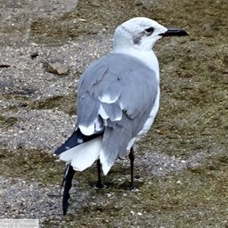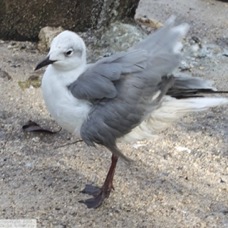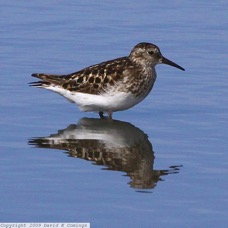Shore Birds Other

ComingsBirds.com
to the beauty of birds

- Home California Birds
- SLIDESHOW
- SUMMARY OF ALL BIRDS
- MOVIES
- American Avocet
- American Coot
- Blackbirds/Crows
- Blue-grey gnatcatcher
- Brant
- Brown Pelican
- Chickade Mountain
- Comings' Backyard
- Common Loon
- Curlew Long-billed
- Dowitcher Long-billed
- Dowitcher Short-billed
- DUCKS
- EGRETS
- Dunlin
- Godwit Marbled
- Goldfinch Lesser
- GREBES
- Gnatcatcher Blue-grey
- Grosbeak Black-headed
- Gull California
- HUMMINGBIRDS
- Gull Heermann's
- Heron Black-crowned
- Heron Great Blue
- House Finch
- Jays
- Killdeer
- Merganser Red-breasted
- Nutcracker Clark's
- NutmegMannikin.com
- Other Birds
- Phainopepla
- Phoebe Say's
- Plover Black-bellied
- Plover Western Snowy
- Quail California
- Kittywake Black-legged
- Recent Additions
- Roadrunner Greater
- Sandpiper Least
- Sandpiper Western
- Sally's Fish
- Sanderling
- Shore Birds Other
- Skimmer Black
- Sparrow White-crowned
- Song Sparrow
- Stilt Black-necked
- Surf Scoter
- Swallow Tree
- Teal Blue-winged
- Teal Green-Winged
- Teal Cinnamon
- Tern Common
- Tern Elegant
- Turnstone Black
- Turnstone Ruddy
- Western Meadowlark
- Whimbrel
- Willet
- Yellow Leggs
- WOODPECKERS
- Template
- Contact Me
The Black Skimmer Rynchops niger (1961) is one of the most dramatic of the sea shore birds. As shown in the photograph, this large bird skims along the water with its red and black bill wide open so the lower jaw skims up fish. This photo was taken at the Bolsa Chica Ecological Ecological Preserve, Huntington Beach, CA.
The Black-legged Kittywake Rissa tridactyla spends most of its time on the open sea, both the Atlantic and Pacific. It is named after its call, "kittywake, kittywake." Its scientific species name tridactyla refers to its 3-toed feet. The bill of this immature bird is black, that of the adult is yellow. These photos were taken at the Florida Keys Wild Bird Center, Key Largo, Fl.
The Double-crested Cormorant Phalacrocorax auritus, inhabits both salt-water and fresh-water habitats. This dramatic photograph of a Cormorant with outstretched winds was taken at the Arboretum, Arcadia, CA.
I listed the Killdeer Charadrius vociferous among shorebirds because that is were this one was photographed, at the San Joaquin Wildlife Sanctuary, Irvine, CA. However, it inhabits open spaces throughout the United States. Like the Kittywake, it is also named for its call "killdeer, killdeer" or "didideeer, didideeer." The double black bands on its breast are distinctive.
The Western Sandpiper Calidris mauri is another one of the "peeps." It is distinguished from the Least Sandpiper by its black legs and larger size and from the Semipamated by its range and call, a high pitched cheet instead of a low pitched churp. These photos were taken at the San Joaquin Wildlife Sanctuary.
The two Grebes were also from Bolsa Chica.
© 2009 David Comings Contact Me







